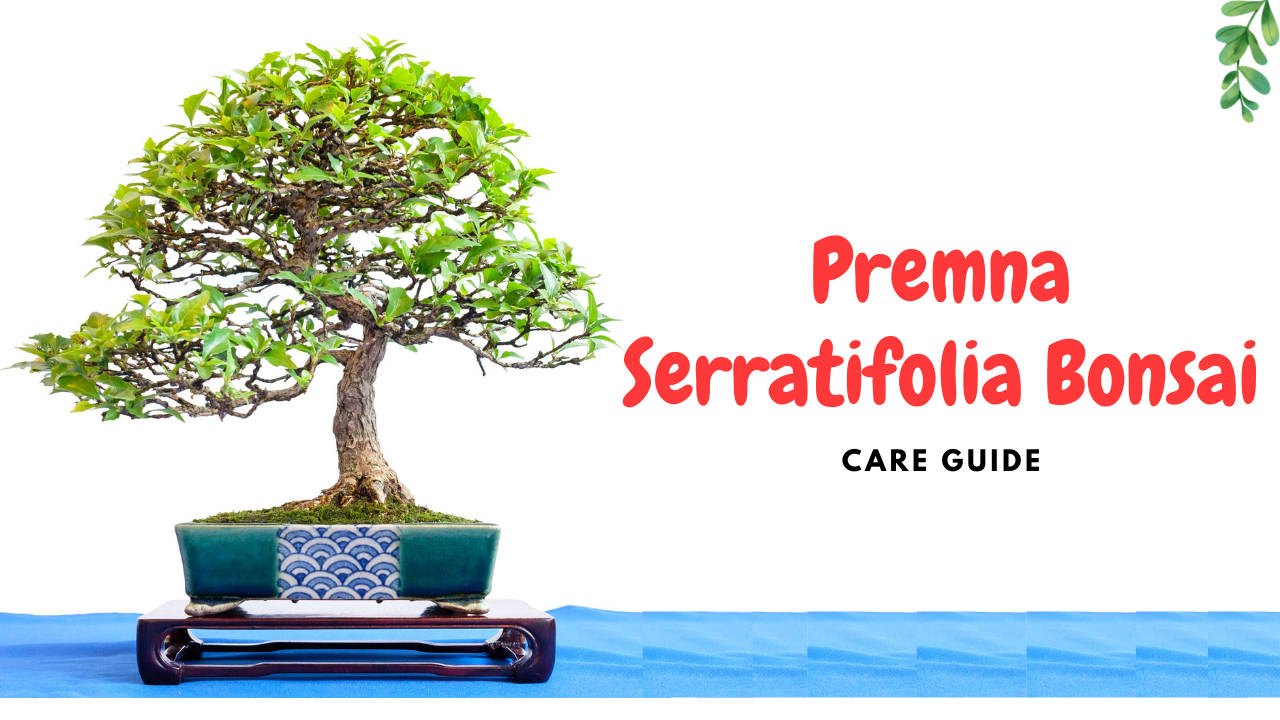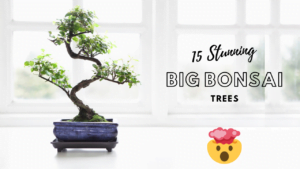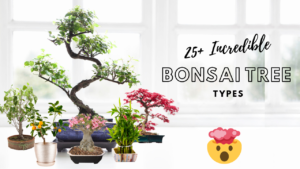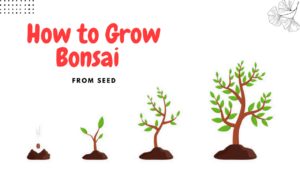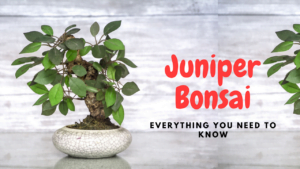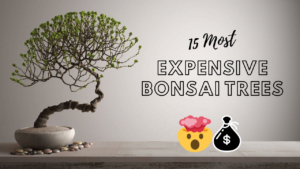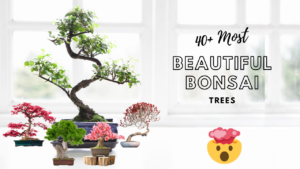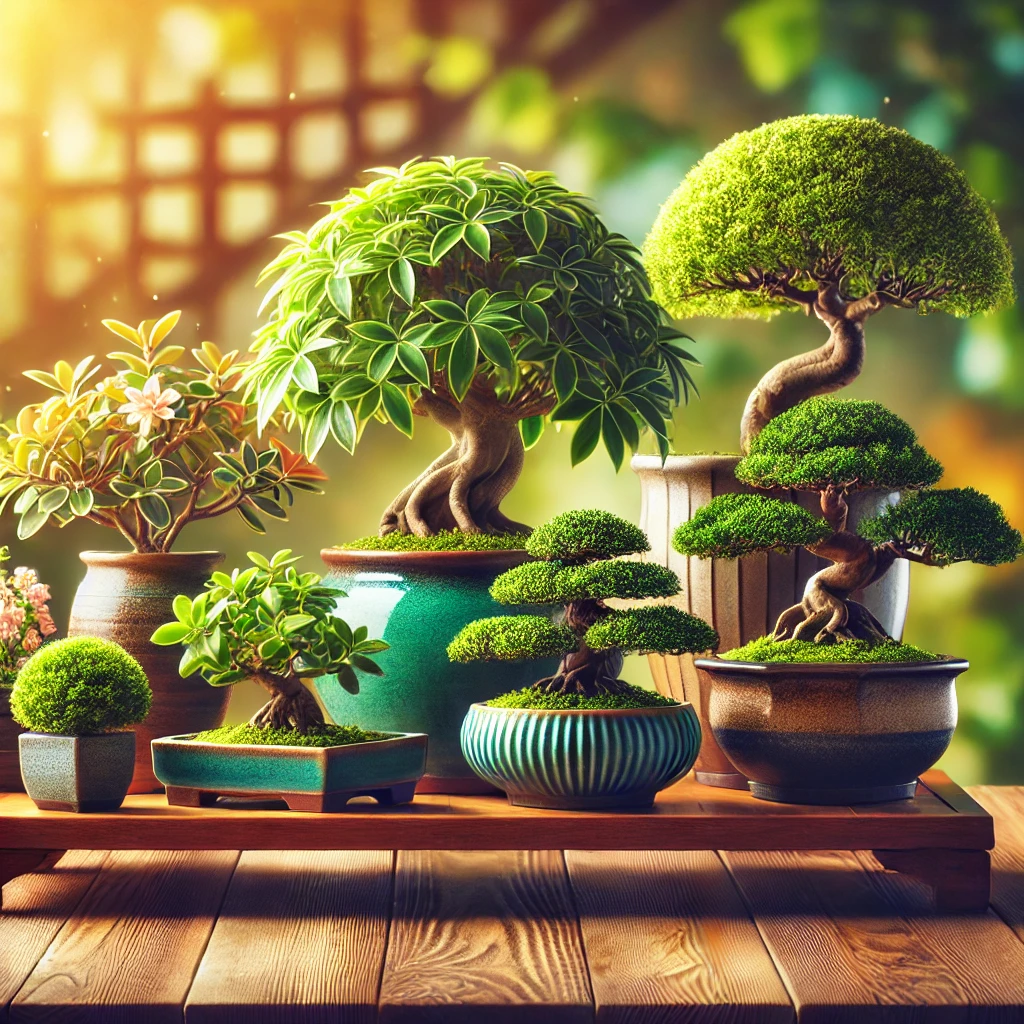Premna Serratifolia bonsai tree is prized as one of the most popular Bonsai species in Taiwan, Malaysia, the Philippines, and Indonesia. Some grow by the seaside, while others grow in the mountains. But you can grow one in your own home with the help of this guide! Keep reading to find out about Premna Serratifolia’s requirements to grow into a healthy and flourishing plant.
What is Premna Serratifolia?
Premna is a genus of over 200 tropical or subtropical tree and shrub varieties in the mint family (Lamiaceae) that are found throughout Africa, Southeast Asia, and northern Australia. Because of the peculiar texture of the trunk, the coastal species (Premna obtusifolia) is most commonly used for Bonsai.
It is appreciated in particular for the natural jin and shari that it frequently contains as a result of natural influences. The vibrant, gleaming green of the foliage, as well as the swaying, twisted stem, can be quite dramatic and attractive.
Premna Serratifolia Bonsai Care
Your bonsai needs your love and care to flourish into a beautiful plant. Just like that, your premna serratifolia also has several needs and requirements to grow into a glamorous bonsai.
Placement
The Flowering Premna thrives in bright light indoors and prefers to be kept outside in the spring and summer. When the temperature drops below 45 degrees at night, we recommend placing the tree on a windowsill or a table in front of a window.
When the evening lows drop below 40 degrees, it’s time to bring your indoor bonsai inside. On a south-facing window sill is the best indoor placement. Second best is an east or west exposure. A daily dose of four to six hours of sunlight should be sufficient. It’ll be even better if you can supply more.
Watering
Premnas grow quickly and produce a large number of roots. As a result, they require a lot of water and must not entirely dry up. In the winter, keep them moist. Use very calcareous water sparingly.
Fertilizing
If you want your bonsai to be healthy and beautiful, you’ll need to fertilize it. Because your bonsai is growing in such a small amount of soil, it is vital to refill the nutrients in the soil on a regular basis. Any general-purpose liquid fertilizer will suffice, and most garden centers carry them. Fertilizers should be applied at half their recommended strength, according to our recommendations. Except during the winter, fertilizer should be sprayed at least once a month. Foliar feeding with a water-soluble fertilizer applied as a spray every other month will also benefit your bonsai.
Pruning and Wiring
When five or six leaf pairs have formed on new long shoots, they should be reduced to one or two leaf pairs. Summer is the greatest time to clip larger branches since cut wounds heal quicker when the tree is actively growing. To encourage callus production, use sliced paste. Premna trees can be wired at any time of year, but deciduous species benefit from having their leaves removed. Younger branches are more adaptable. When the tree grows strong and thickens quickly, remove the wire as soon as possible. Trimming and pinching your tree keeps it small.
Pinch and clip the new growth back to the safest point possible. It’s never a good idea to eliminate all of the new growth. A small amount should be left to ensure the tree’s health. Pinching and trimming of tropical and sub-tropical bonsai trees is required throughout the year. Because trees grow at varying rates, it’s important to assess each tree’s growth rate and adapt your cutting and pinching accordingly.
Repotting
It’s critical to repot, or transplant, your Bonsai on a frequent basis to avoid it becoming pot-bound and starving to death. When a tree uses up all of the available nutrients in the soil, its roots develop to fit the shape of the pot. The trees stop growing due to a shortage of room and nutrition, and if nothing is done, they will perish. Repotting or transplanting your Bonsai will replenish the nutrients the tree requires to thrive. When the buds swell in the spring, Premnas should usually be repotted every two or three years. It is possible to remove around a third of the root mass. Use a common soil mix.
Propagation
Seeds and cuttings can be used to propagate the Premna tree. Air-layering is also a viable option.
It’s helpful to know that bonsai trees can be grown from seeds. Growing bonsai trees from seed can be useful since you can start from zero, observe the beauty of your bonsai tree as it grows, and ensure it is disease and pest-free. Depending on the species, you may have to wait many months for your seed to germinate, and some sensitive and sluggish tree species may require multiple seasons merely to break their seed coats.
Despite the fact that it will take so much time, the results of your efforts will be well worth it. A bonsai tree can be beautifully formed, distinctively fashioned, and passed down from generation to generation if it is grown from a seed and carefully cared for over time.
When growers have a desirable bonsai tree, they may want to use a stem cutting procedure to make multiple trees with the same traits as their preferred bonsai. Cuttings will enable them to do so. Furthermore, when it comes to growing a bonsai tree, cutting is quicker than seed growth. Growers may also have a tree species that produces plants with healthy roots faster than other species may sprout initial development.
Taking branches off a healthy tree and planting them in soil to generate a new tree is known as cutting. Furthermore, the cutting procedure is the most popular among bonsai tree growers and produces high-quality trees.
Air-layering is a bit more advanced method of propagating Bonsai. By stopping the flow of nutrition from the current root system, layering forces a tree or branch to produce new roots at a specific place. This means you can employ air-layering for a variety of things, like shortening a trunk, improving Nebari (root flare or surface roots), and selecting a branch to grow as a separate tree.
Pests and diseases
Although the Premna is resistant to aphids, scale, red spider mites, and powdery mildew, aphids, scale, red spider mites, and powdery mildew can arise in rare circumstances. Then, using a specific herbicide, strive to improve the tree’s developing environment, particularly by providing adequate light.
Conclusion
We hope you have got everything you needed to know before growing your own premna serratifolia bonsai tree. Don’t wait any longer and start gardening!

